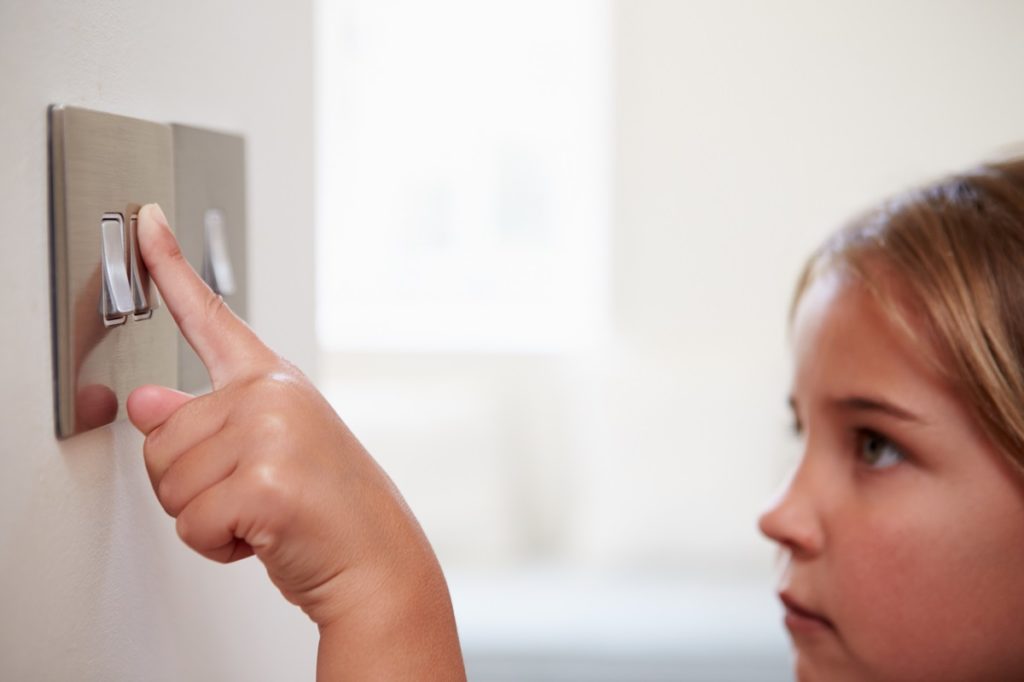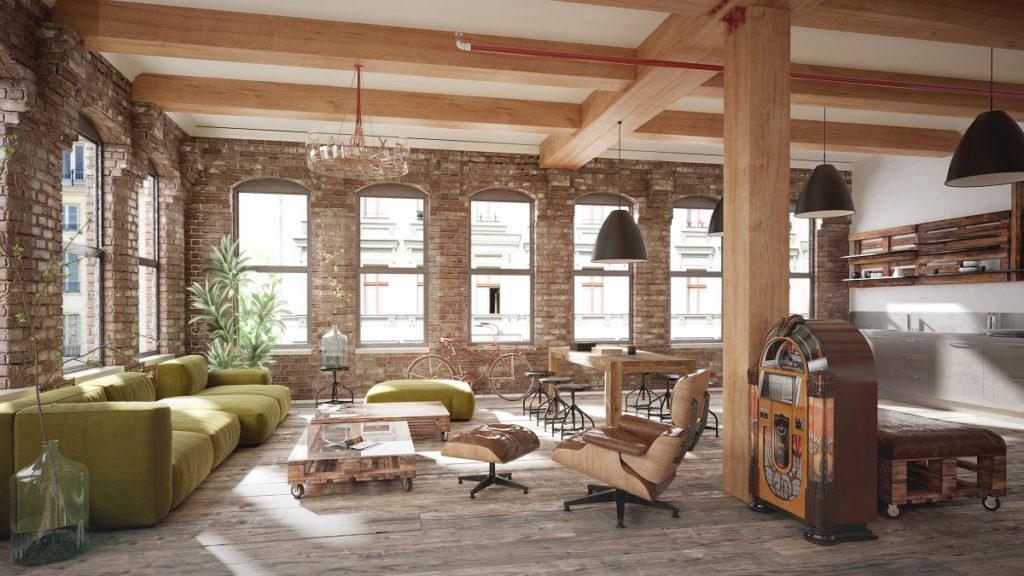For most people, they would rather buy a house in tip-top condition than a fixer-upper. They want to be able to purchase a move-in ready property that is safe and can accommodate their lifestyle. This usually meant they need to pay a considerable amount higher than older homes that require many maintenance and repairs. But today’s largest cohort of home buyers is into older houses that require more than just a little TLC. Millennials have varying reasons for doing so, and not just because of financial issues.
According to news, 67.70% of millennials are willing to buy fixer-uppers in exchange for a lower purchase price. This is not to say that their budget can only afford low-cost homes. Many millennials are into DIYs and home remodeling projects that add value to their homes and can best suit the kind of lifestyle they want.
If you are also on the market to make a fixer-upper home purchase, know that there are things you are more likely to replace than repair. Before you finalize the sale and before you start remodeling, get to know some things you probably need to invest in.
Heating and Cooling System
Old HVAC systems are not the best way to maintain a decent indoor temperature, especially during winter. Even with a sound roof and an insulated attic, it will be hard to fix a cold interior if your HVAC system is no longer functioning efficiently. In these cases, you are likely to have a new boiler installed to effectively warm the house.
There are a few telltale signs that show you now need a new boiler for your fixer-upper home.
- Increasing energy bills
- Noise or unusual smell near your boiler
- “G” energy rating or lower
- Regular boiler breakdowns
- Lack of replacement parts
- Yellow flame instead of a blue flame on the boiler
Roof
Roofs are what protect houses from harsh weather. These may last for many years, but you will still need to make sure your roof is safe and in great condition before you move into your new home. The best way to check if you can still repair the roof or if it now needs a replacement is by calling a local roofer to check it out.
It is not advisable to do a roof inspection on your own. The last thing you want is to end up with a hefty hospital bill just because you attempted to check, repair, or replace the roof. Thankfully, there are many roofing solutions these days that are low-maintenance and cost-effective.
Electrical System

There are instances when older homes listed for sale no longer meet today’s electrical codes. For one, old electrical systems make use of a two-wire system. Today’s modern wiring has three or four wires.
The number one reason why you should not settle on your old home’s electrical system is due to safety hazards. Faulty wirings and those that don’t meet modern electrical codes are often the ones that cause residential fires. As a general rule, properties with over 40 years old electrical systems require rewiring.
Some signs that show the electrical system is outdated are as follows.
- Lack of ground-fault circuit interrupter (GFCI) outlet in kitchens and bathrooms
- Outlets that only accommodate two-prong plugs
- Discolored outlets
- Warm-to-touch switch plates
- Burning smell coming from an appliance or a particular room
- Dimming or flickering lights
Plumbing System
Older homes often have lead pipes installed especially houses that were built in the 1960s. These were banned in 1986 since lead can come in contact with water and result to lead poisoning. But that does not mean all homes with lead pipes were updated.
Some old houses have galvanized steel pipes. The problem with this type of pipe is that these are prone to rust and corrosion, thus contaminating the water. To test if you have galvanized pipes, simply use a flat screwdriver and scratch the pipe and try if a strong magnet will stick to it. If it reveals a silver-gray color and the strong magnet sticks to it, you have galvanized pipes installed in the house.
Other signs can indicate you need to update your plumbing system. If the water coming out of the faucet is discolored or has a funny smell, the water pressure is low or you still have exposed pipes around the house, this means it is now time to replace your plumbing system.
The roof and these three main systems in older homes often require an update. Replacing these can be costly. With a home inspection, you can determine if the house you intend to buy will require you to invest in a new system or two. Consider the costs when buying a fixer-upper home. This will give you an idea if can afford the replacement of these important systems and if the effort is worth it.


